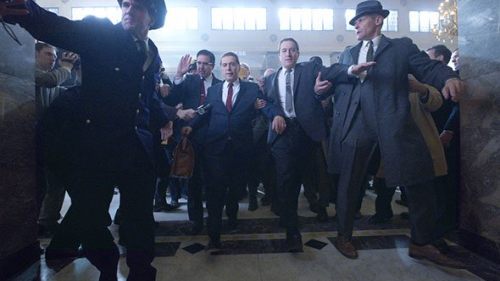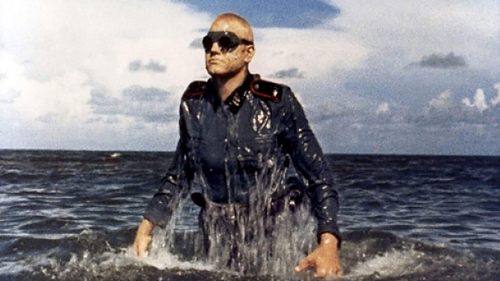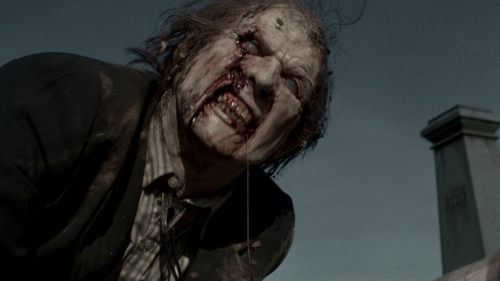NYFF 2019 Review: ZOMBI CHILD Revives The Zombie Myth
With zombie movies, there’s a lot of temptation to focus on the flashier aspects of the monster: the hordes of rotting corpses, the casual dismemberment, the viral disease analogies, the cannibalism imagery. All those tropes can be fun and viscerally disturbing—hence why so many modern zombie stories are happy to traffic in them—but what’s gotten lost in the shuffle is the original meaning of the zombie. In its earliest incarnations, the zombie represented the fear of losing one’s bodily autonomy. There’s a reason the myth originates from the folklore of Haiti’s enslaved caste.
With Zombi Child, Bertrand Bonello has made a film that tries to reclaim the zombie’s classic roots. Returning in it are mystic voodoo tropes and evil voodoo masters, which haven’t really been seen in the genre since its pre-Romero heydays (outside of The Serpent and the Rainbow). But rather than merely being an update of White Zombie and its ilk, Zombi Child takes a postmodern, historical bent that makes the movie into something a whole lot more.
Zombi Child is a very loose dramatization of the legend of Clairvius Narcisse, possibly the most famous real-life “zombie”. As the legend goes, Narcisse was a Haitian farmer who was drugged with a pufferfish toxin that rendered him highly suggestible, so that he could then be exploited for slave labor by his voodoo practitioner brother. The film presents this legend pretty faithfully, but the legend itself isn’t the main focus of the film. The main story takes place several decades after Narcisse’s “resurrection”, at a modern-day Parisian boarding school.
Fanny (Louise Labeque) is a student at an all-girls Légion d'honneur Boarding School in Paris. She befriends Mélissa (Wislanda Louimat), a student from Haiti. Fanny and her friends induct Mélissa to their informal sorority, and the girls try to make it through the school year without getting overburdened by monotony. Fanny in particular has a boyfriend waiting for her back at home, as the film regularly reminds us through her letter-writing voice over.
I’d elaborate on the plot, but for the majority of Zombi Child there isn’t one. The film is more of an exercise in tone and tension, as it knocks us back and forth between its two seemingly unrelated settings. Most of the scenes set in the modern-day are about establishing the wistful rapport between the main girls and the rhythms of the boarding school, in an almost Lindsay Anderson-like fashion. The drama is largely implicit, but since Bonello knows how to manipulate the eeriness at the edge of each frame, horror creeps into the film at a steady pace.
The Clairvius Narcisse storyline is hauntingly elliptical, foregoing dialogue entirely so we’re only an inch less disoriented than Narcisse is after his ill-fated encounter with voodoo. Although Zombi Child’s production design and Yves Cape’s cinematography are luscious throughout, it’s during the Narcisse chapters where the film is most mesmerizing, with no small help from Mackenson Bijou’s solemn performance as Narcisse.
When Zombi Child’s plot threads come together, your mileage may vary on how well it works for you. The final act is hobbled by infodumps which almost undermine all the elliptical, implicit storytelling decisions from earlier in the movie. But still, I believe Zombi Child ends strongly, telling a powerful story of generational trauma, and re-codifying the meaning of the zombie for new thematic resonance. That the entire movie preceding is gorgeous to look at and poetic in its movements is an easy bonus.



